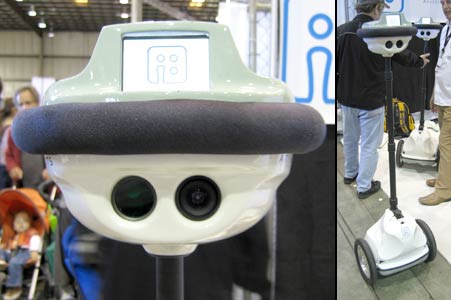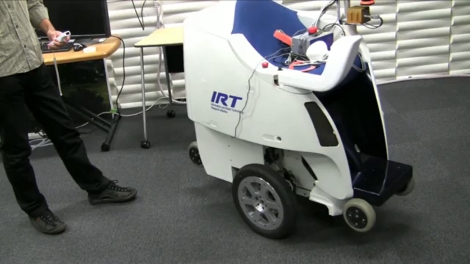
Who wouldn’t want to install this little bot as your newest pencil holder? Place a pencil tip-down and it will keep it from falling using two motors. There is a Dynamic Vision Sensor for each axis that provides feedback, but it’s not the same as using a camera. These sensors pick up changes in pixel contrast, outputting a positive or negative number based on the direction the pencil is beginning to fall. An NXP2103 running at 64 MHz reads in the values and drives the pair of servo motors accordingly.
If you’re interested in the nitty-gritty the full paper is available from the page linked above. It goes into great detail about the algorithm used, and includes plots and histograms showing the data capture during a balancing session. Or you can skip the eggheaded exercises and watch the video after the break.














